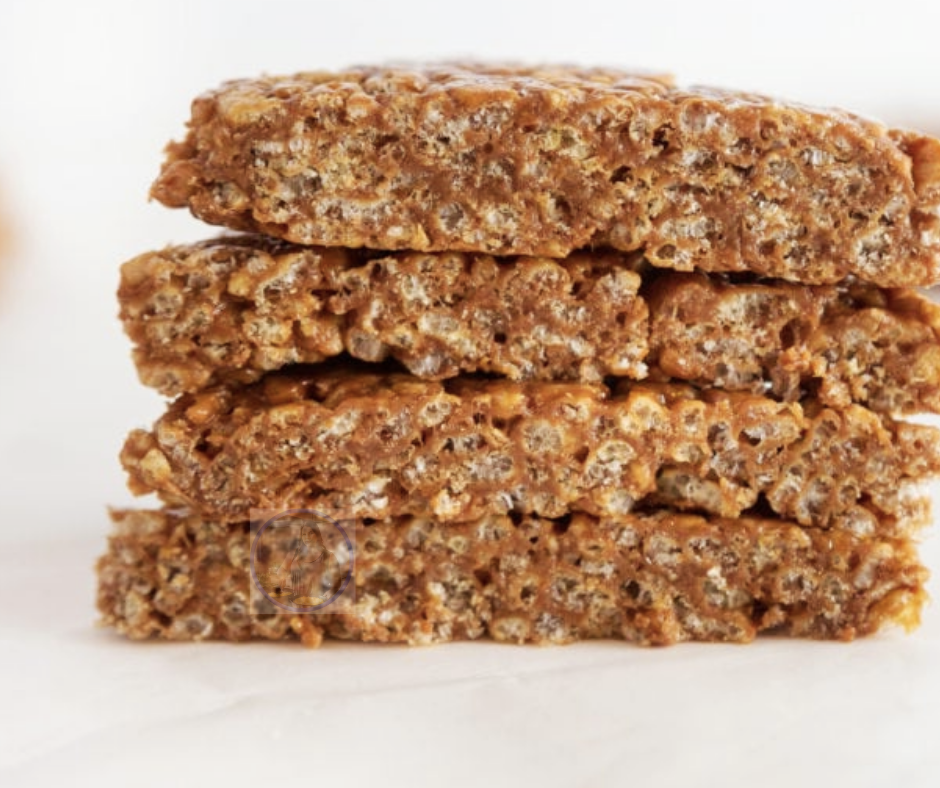Watermelon Cocktail: Your Ultimate Summer Drink Guide Sip on summer with a refreshing Watermelon Cocktail, the ultimate fruity concoction for hot days. This comprehensive guide will provide you with everything you need to know about crafting the perfect watermelon cocktail, including delicious recipes and serving tips. Discover your new favorite seasonal libation and celebrate the […]
Dorito Taco Salad
The Ultimate Dorito Taco Salad: A Crunchy Delight Introduction In the world of casual dining and potluck dinners, few dishes offer the crowd-pleasing appeal of a Dorito Taco Salad. This dish is a harmonious blend of the savory flavors of a traditional taco salad with the unmistakable crunch and zest of Doritos. Not only does […]
No-Bake Homemade Star Crunch : A Delicious Treat for All Occasions
Outline Introduction to No-Bake Homemade Star Crunch Understanding the Ingredients Steps to Prepare No-Bake Homemade Star Crunch Preparing Baking Sheets Combining Crispy Rice Cereal Preparing Peanut Butter Mixture Shaping Star Crunch Shapes Melting Chocolate and Butterscotch Chips Coating Star Crunch Chilling the Star Crunch Serving and Enjoying Tips for Perfecting No-Bake Homemade Star Crunch Variations […]
Chicken Lettuce Wraps
Outline Introduction to Chicken Lettuce Wraps The Origin of Chicken Lettuce Wraps Ingredients Required for Chicken Lettuce Wraps Meat Vegetables Sauce Preparation Steps Preparing the Chicken Chopping the Vegetables Making the Sauce Assembling the Wraps Nutritional Benefits of Chicken Lettuce Wraps Variations and Substitutions Cultural Significance Serving Suggestions Tips for Making Perfect Chicken Lettuce Wraps […]
Rich Banana Bread Recipe
Outline of the Article Introduction to Banana Bread Why Rich Banana Bread? Ingredients You’ll Need Flour and Leavening Agents Ripe Bananas Sweeteners and Enhancers Step-by-Step Instructions Mixing Dry Ingredients Mashing Bananas Combining Wet and Dry Ingredients Adding Mix-ins (Optional) Baking Techniques for Richness Temperature and Timing Choosing the Right Pan Tips for Extra Moisture and […]





